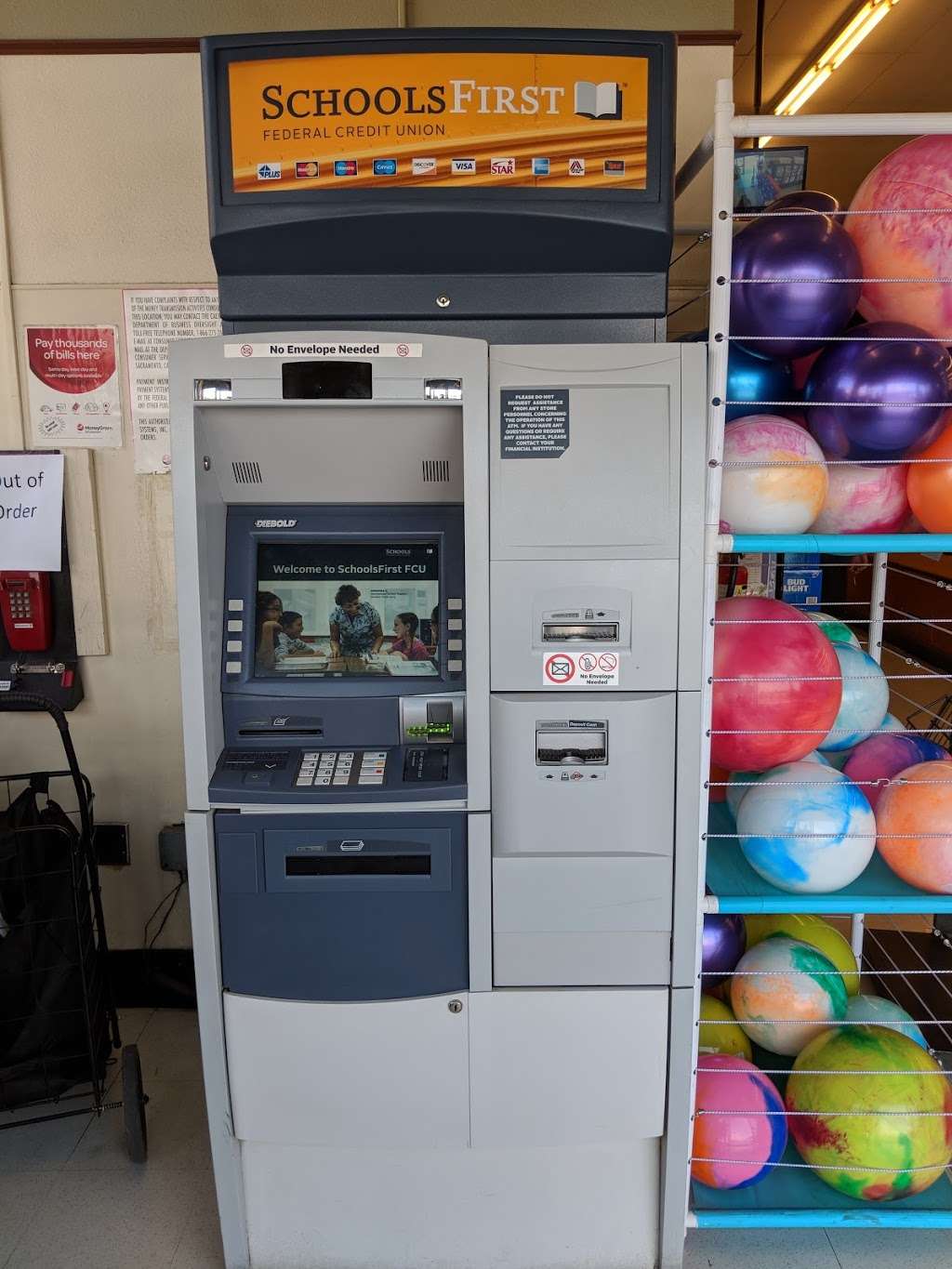
Mac atm network verification#
In 1970, a British engineer, James Goodfellow, proposed the concept of a personal identification number (PIN), which automated verification of the identity of customers, thus marking a landmark moment in the growth of self-service banking.The first ATM in the US was installed in September 1969 at the Chemical Bank branch in Rockville Center in New York with the slogan, “On September 2, our banks will open at 9 am and never close again.” In the U.S., the deployment of the ATM was pioneered by Donald Wetzel, a Dallas-based engineer.The machine allowed customers to withdraw a maximum of GBP10 at a time. A British inventor named John Shepherd-Barron is credited with its invention. The first ATM was set up in June 1967 on a street in Enfield, London at a branch of Barclays bank.In 1960, an American named Luther George Simjian invented the Bankograph, a machine that allowed customers to deposit cash and checks into it.The timeline for the advent and spread of the ATM is given below: Their advent revolutionized the field of banking and changed the way banks interacted with their customers.īy the 1960s, several teams around the world were working independently to devise a method for withdrawing cash from a bank after hours without committing a crime. The social backdrop in different countries in the 1960s and 1970s played a pivotal role in furthering the cause of ATMs.The first ATM was set up in June 1967 on a street in Enfield, London at a branch of Barclays Bank, credited to a British inventor named John Shepherd-Barron.An automated teller machine (ATM) is a specialized computer that allows bank account holders to check their account balances, withdraw or deposit money, transfer money from one account to another, print a statement of account transactions, and even purchase stamps.

LANE can also be used for connecting Token Ring networks using an ATM backbone.
Mac atm network mac#
If the bridge or router knows the destination MAC address, it acts as a proxy and forwards the message to the destination client if it doesn’t know the destination MAC address, it relays the message to the broadcast unknown server (BUS), a LANE service that broadcasts the message to all stations on the Ethernet LAN. When a user on an ATM network wants to access a resource on the Ethernet LAN, the client sends an address resolution message (ARM) to the LANE server, which forwards the message to a bridge or router connected to the Ethernet network. A bridge or router connects the ATM network to the Ethernet network.

Each client has both a MAC address and an ATM address, which is a 20-byte network service access point (NSAP) address. LANE clients run on bridges, routers, or servers and must reside on each end station of the emulated LAN. These services enable users on ATM networks to transparently access resources on Ethernet networks and vice versa. LANE services run on one or more network servers and map ATM endpoint addresses to non-ATM endpoint Ethernet MAC addresses. LANE converts variable-length Ethernet frames into fixed-length ATM cells for transmission over the ATM backbone. Also, Ethernet frames and ATM cells are different in format and addressing.įor an ATM network to act as a backbone for connecting Ethernet LANs, it must support MAC-to-ATM address mapping. LANE – LAN Emulation diagram How it worksĮthernet and ATM technologies are difficult to connect because ATM is a connection-oriented technology and Ethernet is a broadcast-based connectionless technology.


 0 kommentar(er)
0 kommentar(er)
